Why Trust Will Define the Dawn of AI in Public Service
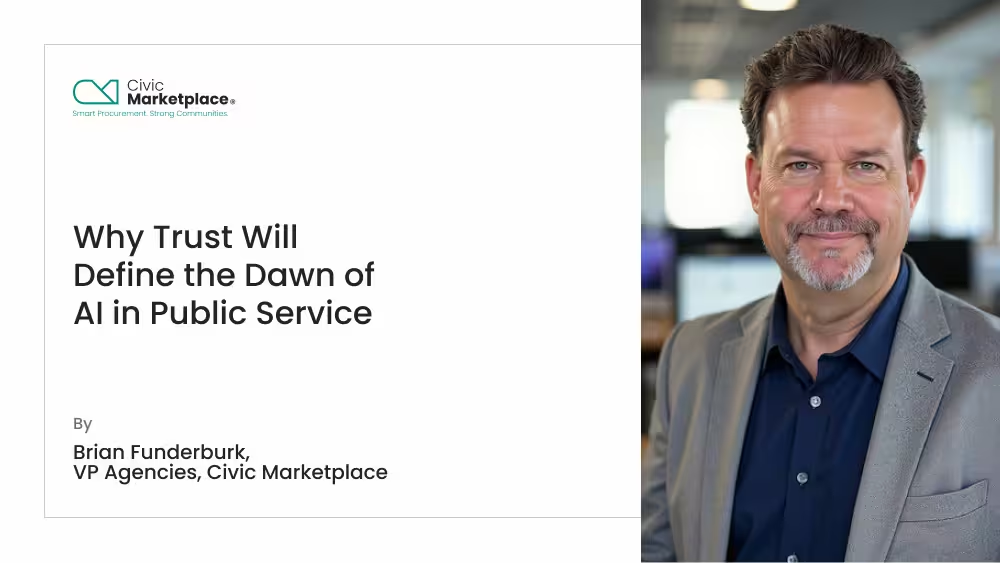
The public sector has always followed innovation by a few iterations. But AI has changed the rhythm by forcing governments to chase trust as fast as they chase technology.
For years, local governments have preferred to see how new tools work in the private sector before implementing them. But AI doesn’t wait; its pace is measured in weeks, not years. That speed forces public leaders to walk a fine line between trying new tools and protecting the people they serve.
And that tension — between progress and prudence — will define this next chapter.
The Trust Gap Is the Real Innovation Gap
When people say government lags behind in innovation, they’re usually talking about technology adoption. But what we’re really lagging behind in is trust infrastructure — the systems of governance, transparency, and accountability that give citizens confidence in how AI decisions are made.
In local government, every dataset has human stories behind it. Every algorithm must respect the boundaries of fairness, equity, and mission. You can’t simply “move fast and break things” when what you’re moving is taxpayer money and what you’re breaking might be public trust.
That’s why the challenge isn’t to catch up with the private sector, but to build the trust frameworks that allow AI tools to serve the public.
Turning Data into Insight, Not Risk
Across the country, public agencies are learning that the real promise of AI is the ability to see what we couldn’t see before. When used to review data on spending, service delivery, or daily operations, AI can highlight trends and needs that once slipped through the cracks.
Yet, every such gain must be weighed against the same standard: does it empower decision-makers without eroding transparency?
When designed responsibly, AI tools can strengthen human judgment by revealing new insights that help staff make faster, fairer, and more informed choices. But when deployed without governance or clear accountability, it risks turning data into liability.
That is the dividing line, and the defining test, for the next era of AI in the public sector.
Governance Is the New Innovation
In the private sector, innovation is measured in market share. In government, it’s measured in public confidence.
That’s why governance isn’t the brake on innovation: it’s the architecture that allows innovation to stand. We don’t need less oversight in AI; we need better oversight, clearer frameworks, and systems that explain how and why decisions are made.
If citizens can’t understand how an algorithm arrived at its conclusion, it doesn’t matter how sophisticated the model is. Trust must be earned not only in the outcomes but in the process that produced them.
A Call to Civic Innovators
AI could be the most disruptive tool in public administration since the spreadsheet, but only if we design it around trust, rather than hoping trust follows later.
For civic leaders, that starts with a few honest questions:
- Can we explain and audit the AI we use?
- Are we guarding the privacy and purpose behind our data?
- Does this technology move our mission forward, or pull focus from it?
If you’re looking for practical first steps, here are a few that help build that trust from the ground up:
- Write an AI policy. Define how data will be gathered, used, protected, and reviewed before any tool goes live. Civic Marketplace has a model policy, which you can find here.
- Form a cross-department review team. Bring in procurement, IT, finance, and legal to ensure every adoption decision remains balanced and transparent.
- Default to transparency. Explain algorithmic decisions in plain language and share them through staff briefings or dashboards.
- Train your teams. Build AI literacy so employees can question and interpret results rather than defer to them.
- Run pilots. Run small pilots and invite staff and residents to weigh in before expanding.
If those choices inspire confidence instead of confusion, then AI will change both how we govern, and strengthen why we govern in that way. In the end, its future in public service depends less on how powerful the models become, and more on whether they earn the trust of the people they serve.
Closing Reflection
AI is rewriting the timeline of innovation, but it doesn’t have to rewrite the values that define public service.
As we enter this new era, the public institutions that lead won’t be those who adopt AI the fastest, but those who earn the most trust in how they use it. Be intentional!
And if we get trust right, the technology will take care of itself.

Brian Funderburk, CPA, ICMA-CM, is a former City Manager, CFO, and Interim, and is a Certified Public Accountant. He was recognized as a Credentialed Manager in 2017 by the International City/County Management Association (ICMA). With a distinguished career in public administration and finance, Brian has demonstrated exceptional leadership and a commitment to excellence in city management.

.avif)
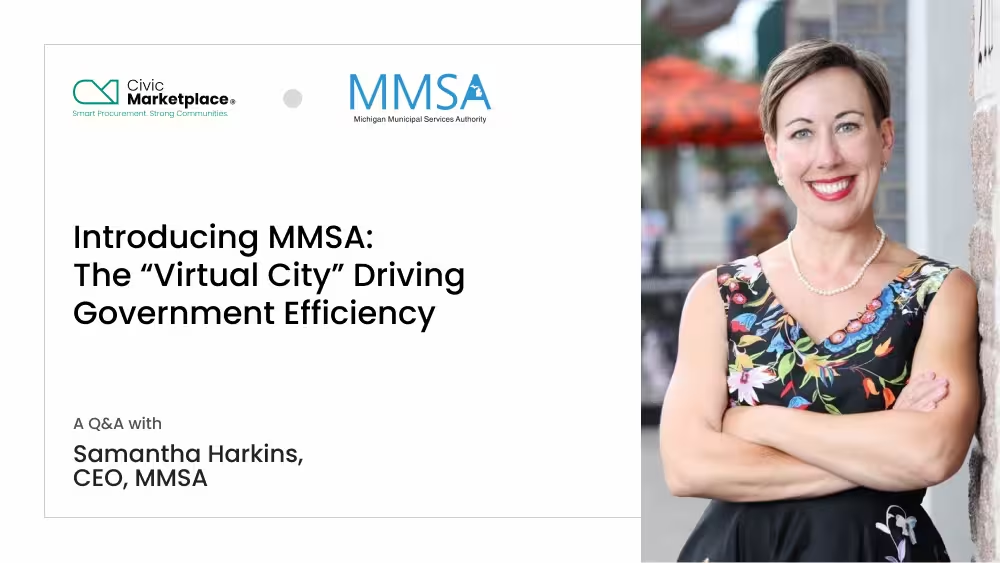

.avif)
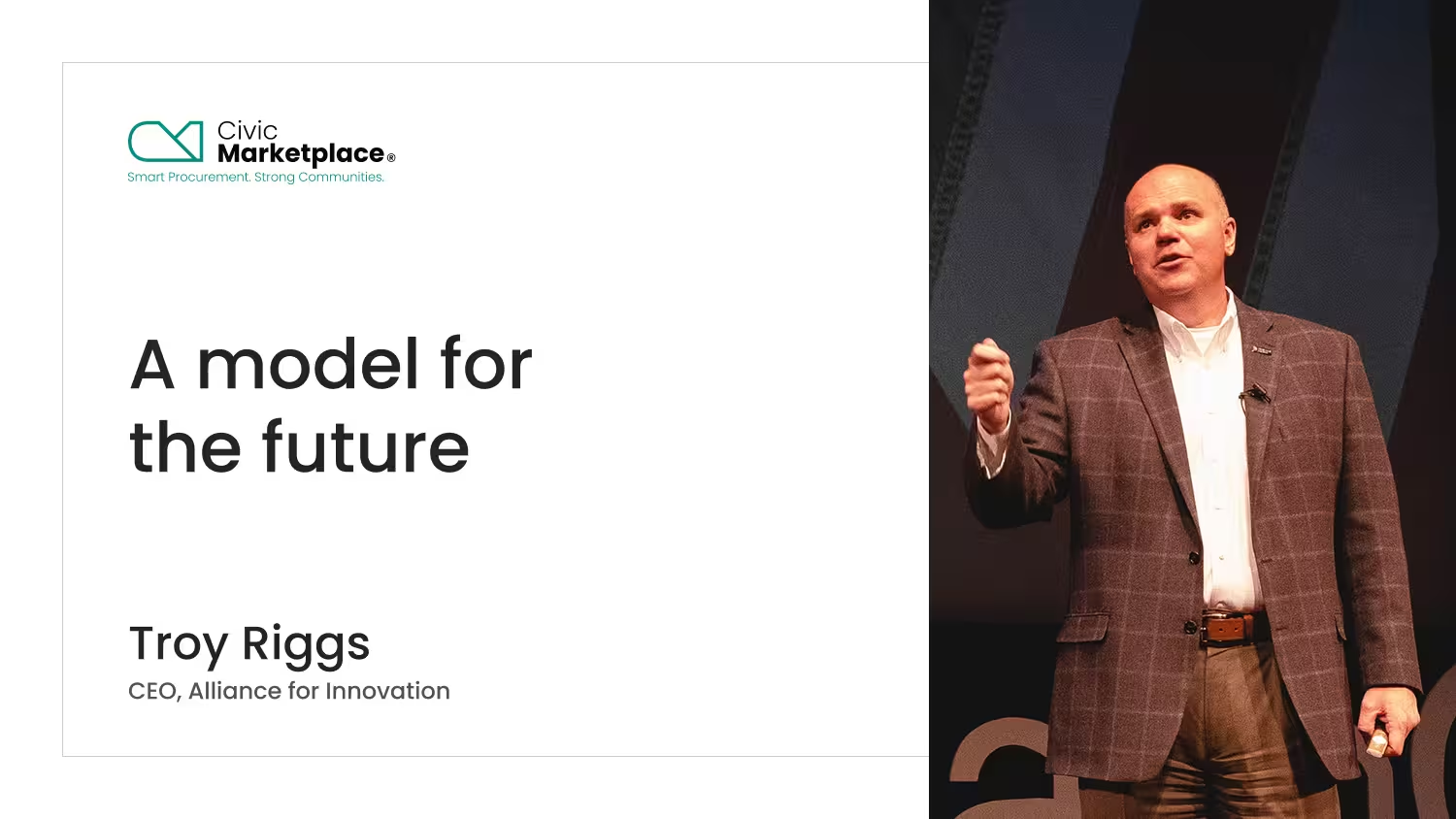
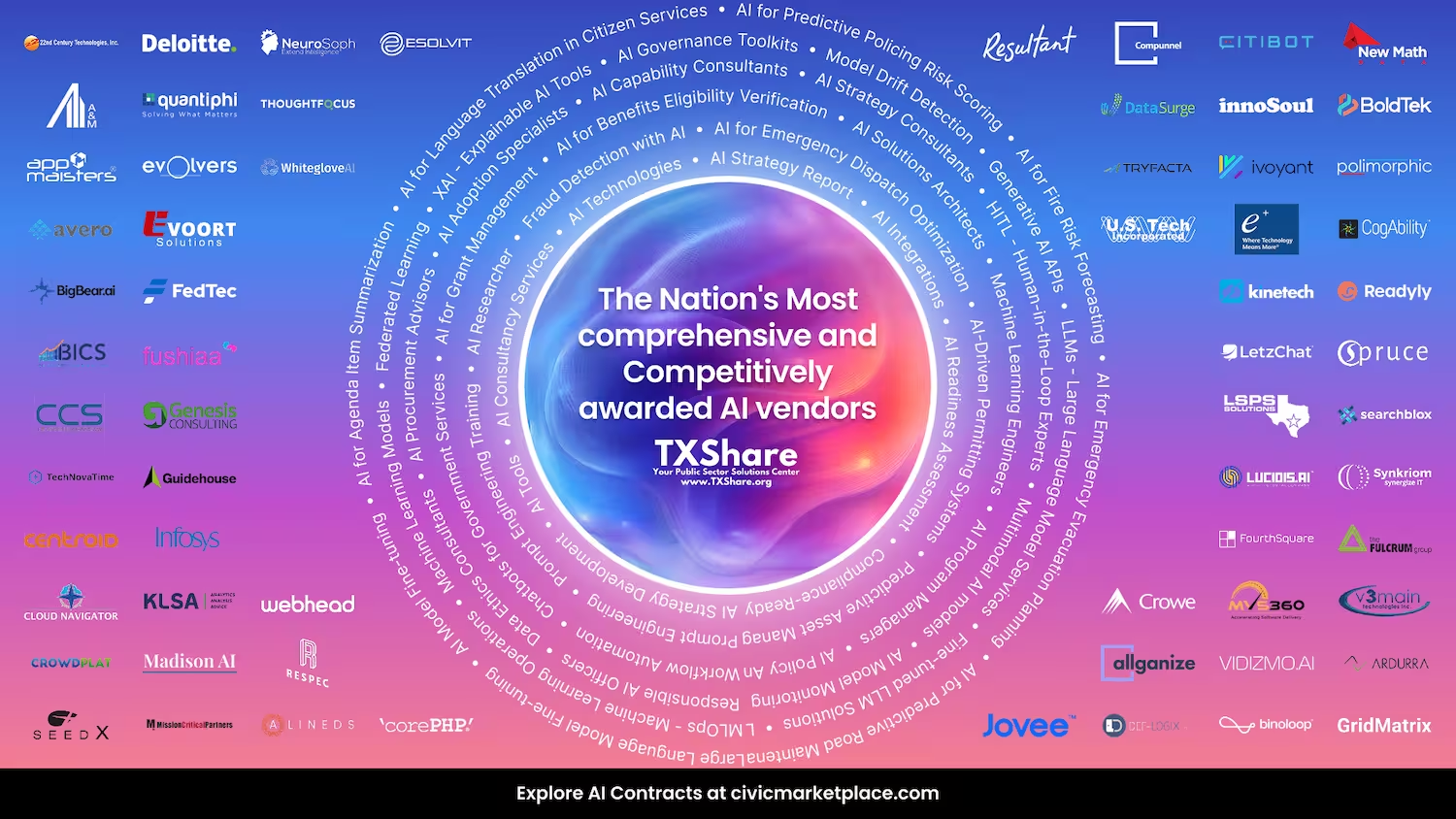
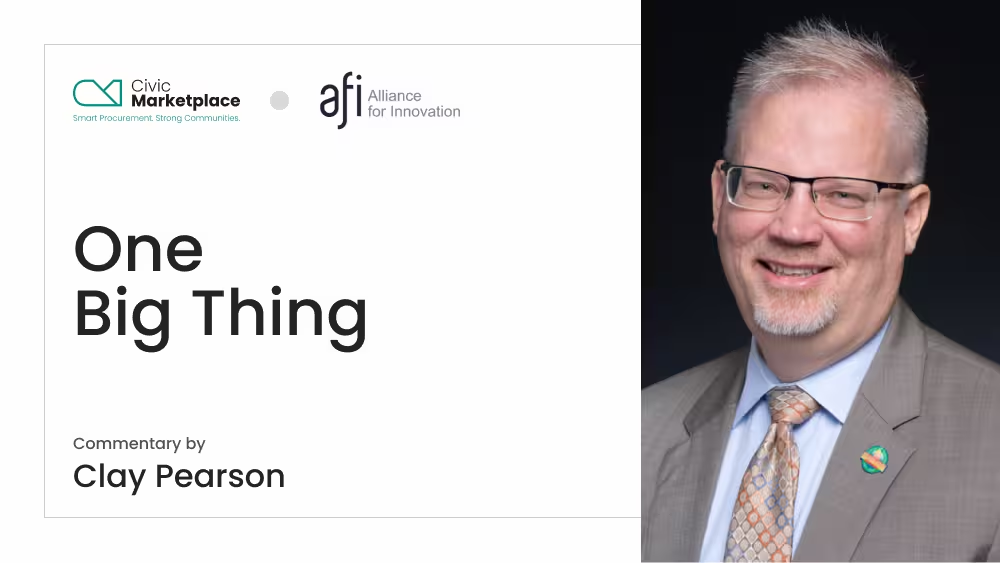


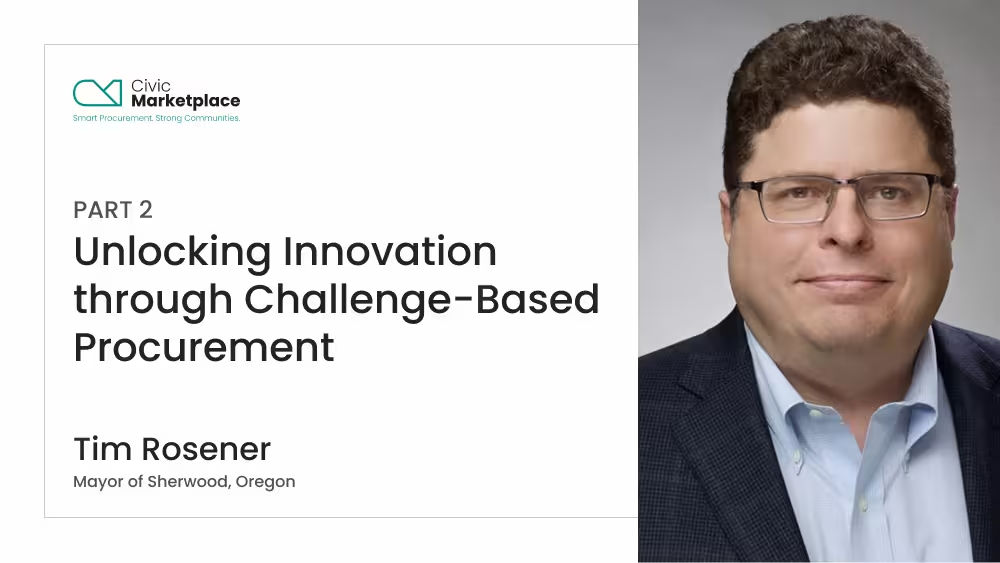
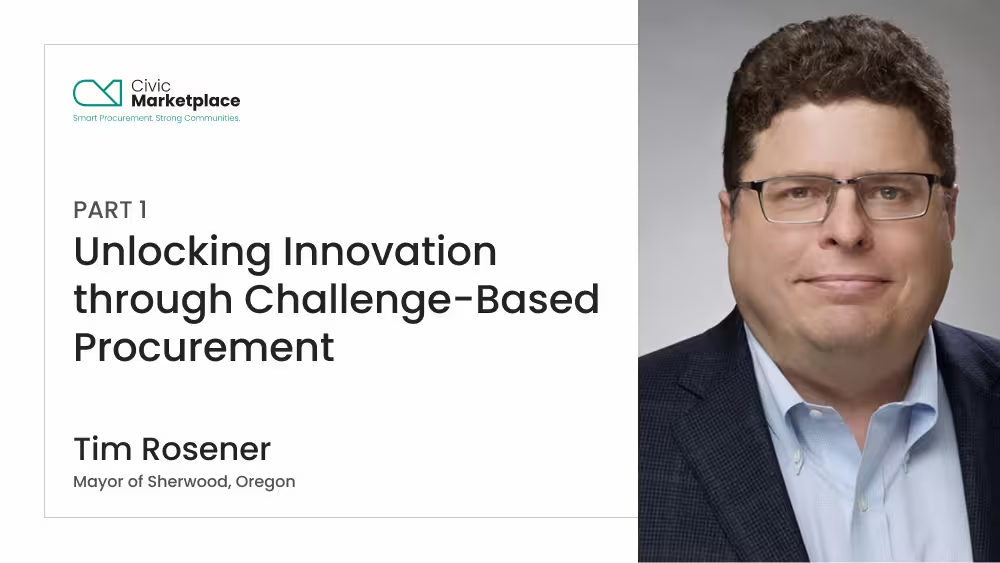

.avif)